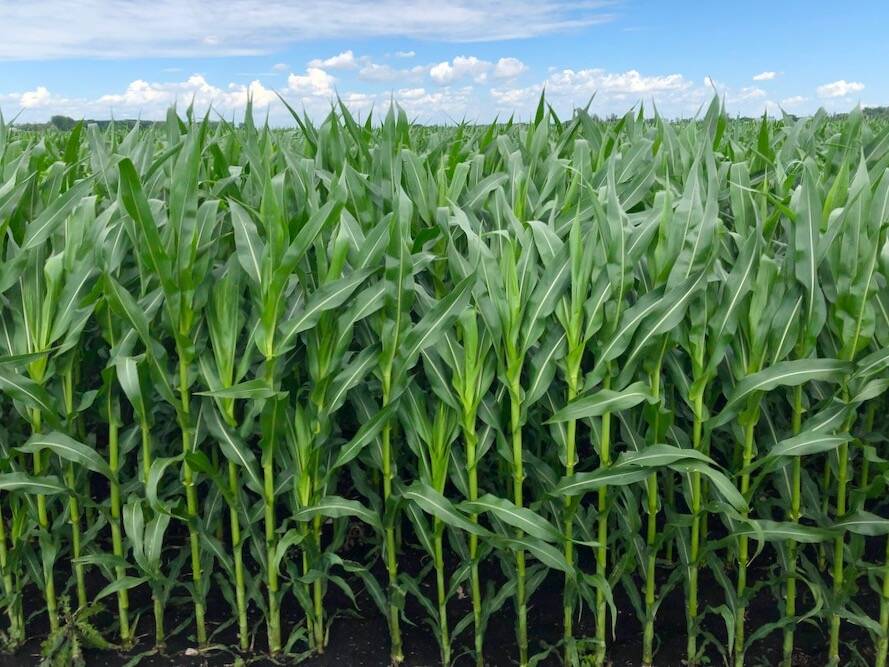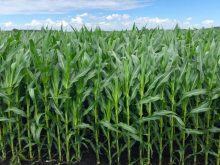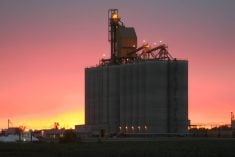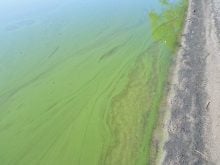Late seeding, reseeding and slow starts have crops all across the Prairies behind in their growth stages. That elevates the rust disease risk, particularly for those crops in the southern Prairie. Rust spores blow up from the U. S. and usually arrive in mid to late June.
“Although the rust inoculum levels in the U. S. started off the season lower than in the past couple years, the late-planted crops will provide more time for rust to develop if infection occurs and the weather conditions for infection are good,” says Tom Fetch, plant pathologist with Agriculture and Agri-Food Canada in Winnipeg. Rain “washes” rust spores from the air, depositing them on crops. Moist conditions help rust to infect and proliferate on the plant. Heavy dew at night is the primary factor for good rust infection.
Read Also

Cancer agency reclassifies another herbicide ‘probably carcinogenic’
The WHO’s cancer research agency has now put atrazine, a herbicide well known to corn growers, in the same potential-hazard category where the agency put glyphosate.
Kelly Turkington, plant pathologist with AAFC in Lacombe, Alta., makes particular reference to stripe rust in late-seeded feed crops. “We have seen the extremes of this in Alberta where cattle producers have planted cereals in June and even July to produce material for swath grazing, etc.,” he says. “The combination of this with susceptible varieties (e. g. AC Crystal) have been disastrous in relation to stripe rust.”
With stripe rust in particular, it will build up on the winter cereals — and in some cases overwinter on winter cereals — then move into spring cereals planted in May. By June and July, you can have a significant level of inoculum available to infect these very late seeded cereal fields.
Early reports suggest a reduced level of stem and stripe rust in the southern, central and Pacific Northwest regions of the U. S. for 2009, but leaf rust counts are approaching moderate levels. Again, because of later crops across much of the Prairies, growers are advised to scout for leaf rust — especially if they’re growing a susceptible variety (AC Barrie, for example.)














